
This week, on each drive, I purposefully sought out animals and scenes that showed the diversity of this extraordinary ecosystem. Yes, of course, I bumped into lions (how could I not), and yes, they performed fabulously in front of the camera, but I am proud to say that in this edition of TWAA, we captured the variety that reveals why this reserve is considered by many to be the greatest in Africa.


We experienced some of the most dramatic and intense rain storms in months. After a very dry December and a drier than normal January, we welcomed these showers with open arms. Rain in these parts is considered a blessing and the wildlife responds well to the sudden injection of energy.
From the north, the clouds start to develop; by late afternoon the skies have turned dark and then the heavens open. Within hours, the streams are running, the river is flowing and the grasslands have turned into wetlands.

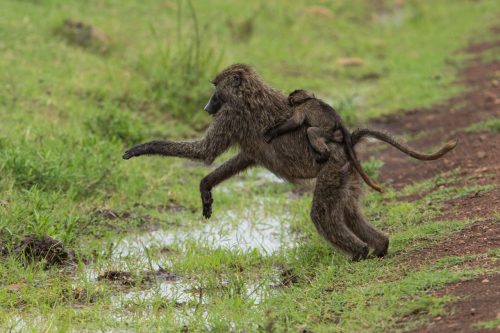
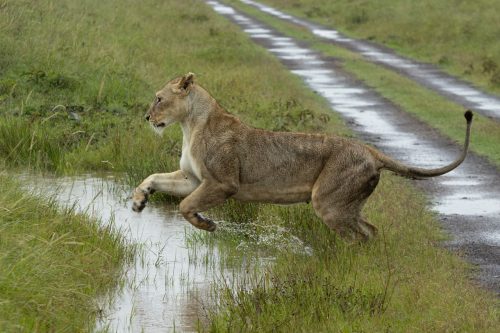

However, as quickly as the water arrives, it is soaked up just as fast. Within hours, the water disappears. The landscape immediately transitions into a thing of beauty, a remarkable green flush, and an explosion of vibrant colour.

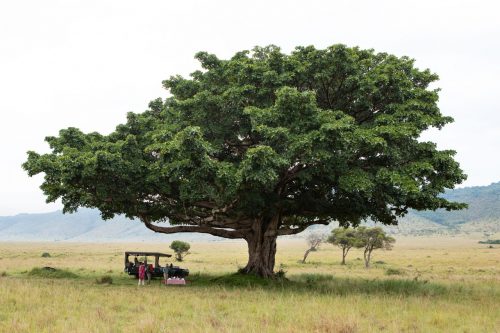
For me, the animal which seemingly most enjoys the rain is the elephant. They appear to become even more joyful with water between their toes, and on their backs.
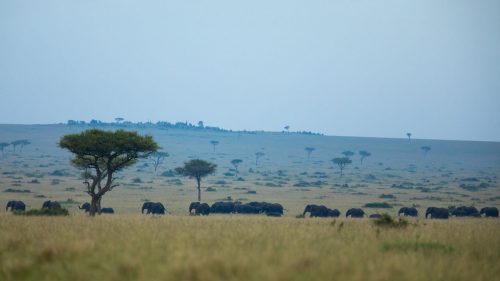
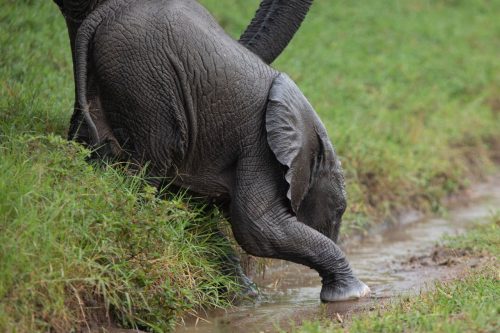

Incredibly, we are also seeing mass birthings of wildebeests in the Mara Triangle. Traditionally, these babies are born in the far southern throws of the Serengeti, some 300km away. This year, we have also seen a large number of zebras remain behind and now most of the adult females are nursing youngsters.
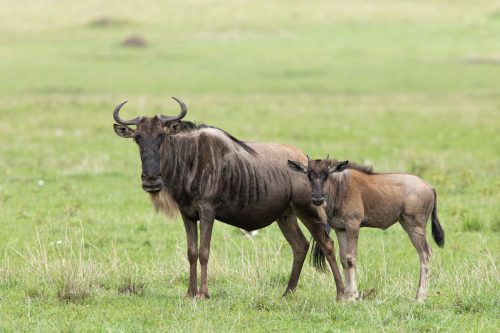
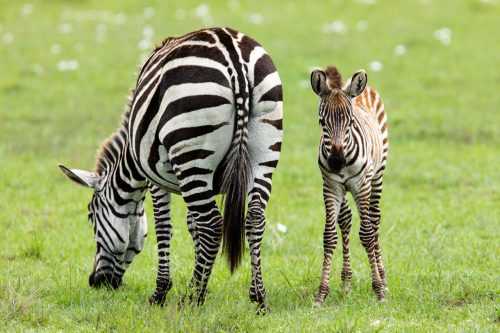
We had the most fantastic leopard encounter — the big male who frequents the Military Drift area. We found him by following the beady eyes of a dazzle of zebra. They were staring intently at the base of a big tree. We circled around it and were greeted by this magnificent cat.
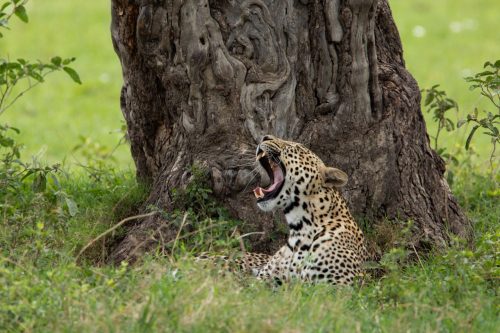
The colours of the mara seem so vibrant after the rain, and the birds are no exception. On the left, a freshly washed lilac-breasted roller stands out against the most striking of green backgrounds. Like a jewel, a delicate malachite kingfisher waits patiently above a recently flooded drainage line on the right.

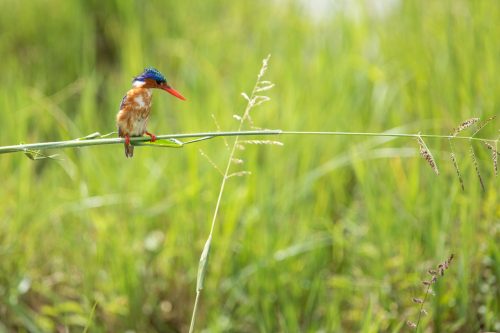
As is customary in the Mara, there are a few sightings each week that are packed with heightened drama. Witnessing moments like these keep people coming back for more. Safaris are addictive and this week I was fortunate to be present for two sensational moments — both on the same drive.
We found the six Nyati Males still following and mating with a lioness from the Owino Pride. The mating was intense and tensions ran high as all six males were determined to participate.


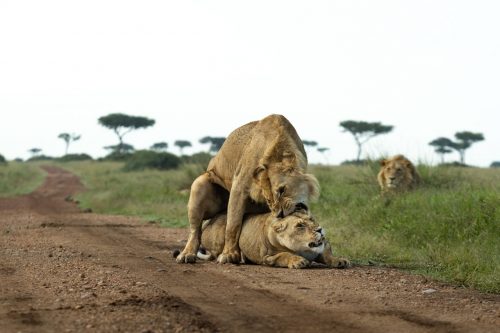
You could almost smell the testosterone. It was inevitable that someone would get injured as tempers started to flare.
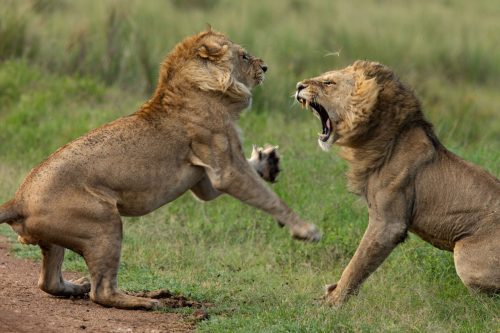
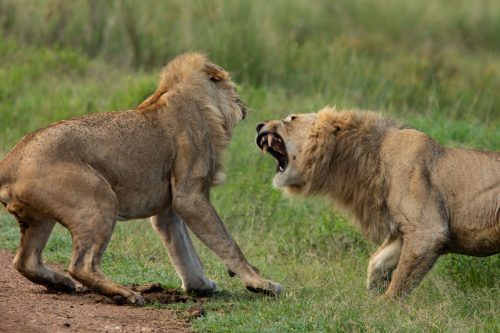
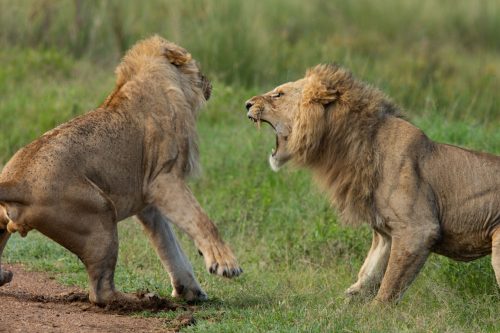
Finding cheetahs on a game drive is always very special. But finding two hungry male cheetahs on the prowl, with a dramatic storm building in the background — well that is the stuff of dreams.
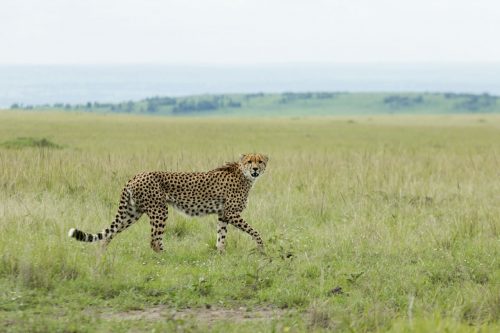
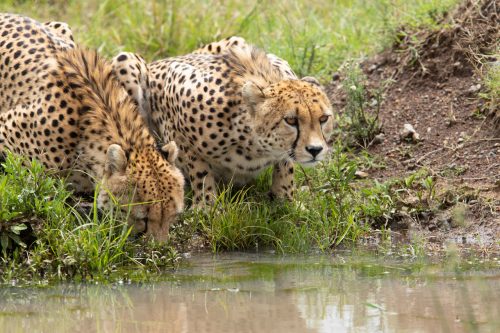
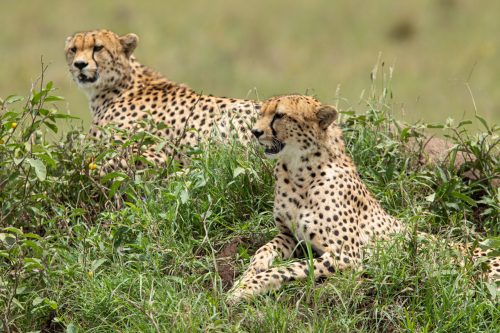
They managed to successfully locate, chase and kill a male oribi. They fed at speed and fought for every last scrap. As the meat started to run out, the intensity of the fighting increased.


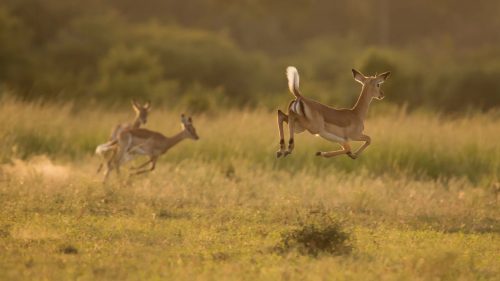
It’s fascinating to see how the weather changes and shifts from year to year. Three years ago we were writing about how the rains had come to an end and how the landscape was starting to dry up. Now, in 2022, the rains have only just started. But will they continue, or have we seen a short and explosive spell? Time will tell.
Filed under: This Week at Angama
Subscribe for Weekly Stories
Comments (0):
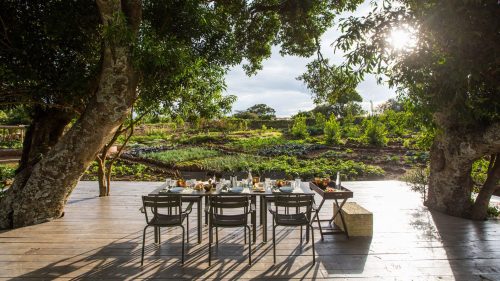
The Angama Shamba